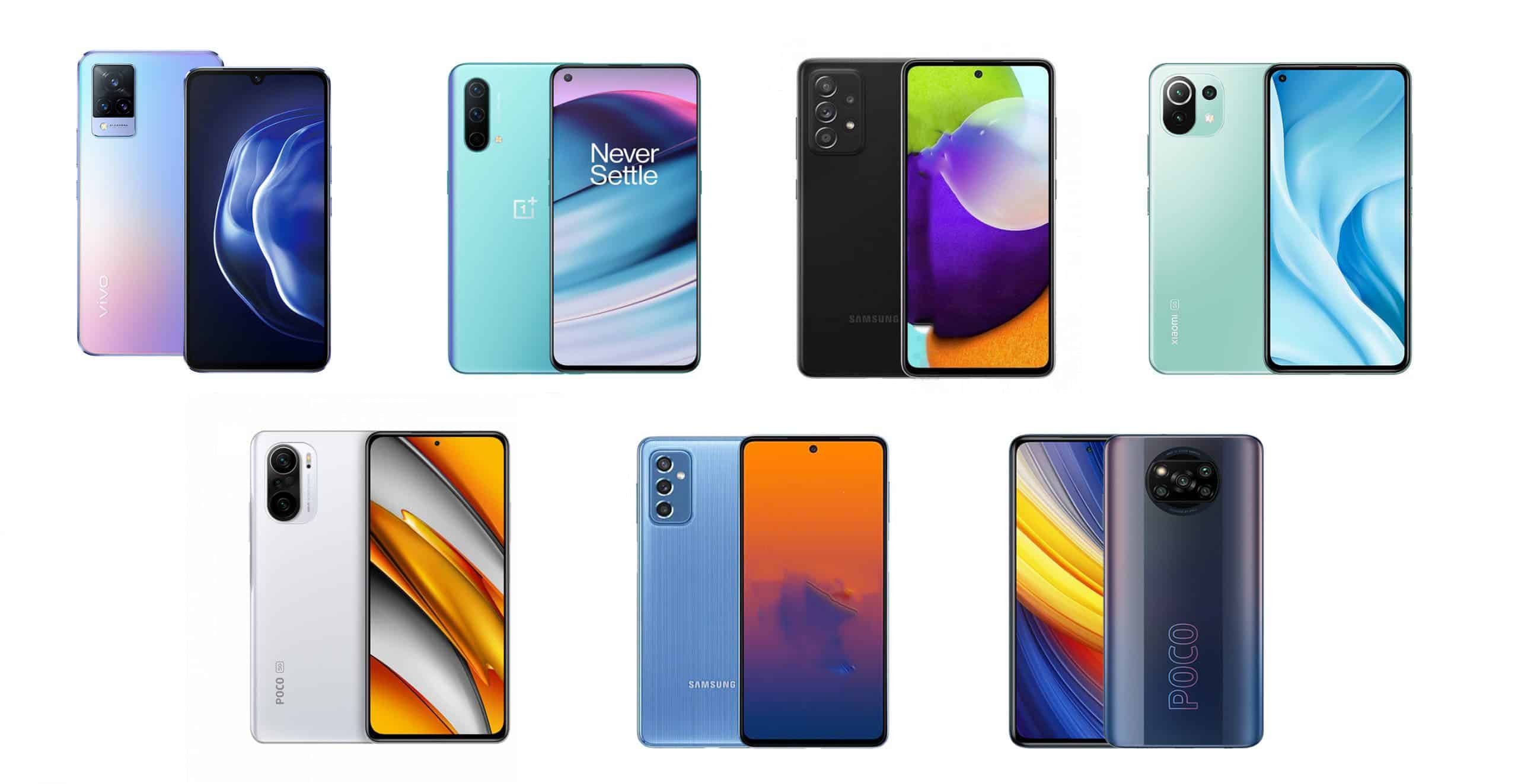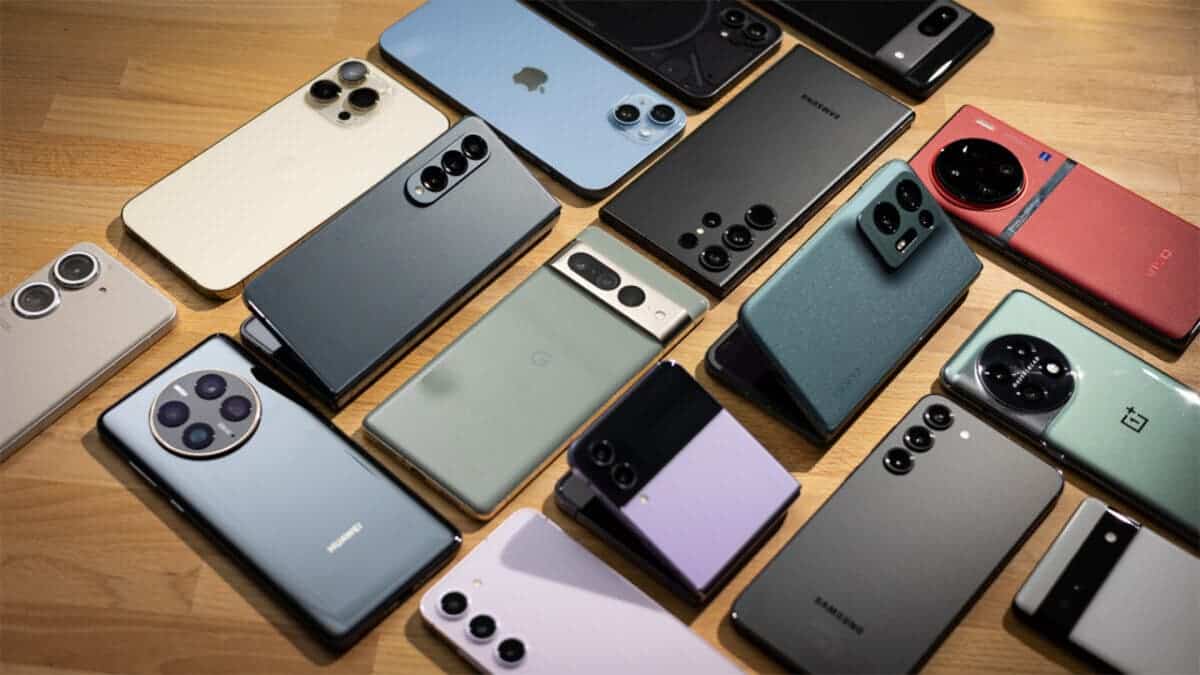Once upon a time, if you wanted a phone with serious power, you had to go big — top-tier specs, $999 price tag, the whole flagship experience. Not anymore. In 2025, the performance gap between midrange and flagship smartphones has shrunk so dramatically that, for most people, it might as well not exist. And yet, the hype around “Pro Max,” “Ultra,” and “Plus” continues. Why?
Midrange Is the New Flagship: Why Most Users Can’t Tell the Difference Anymore
The Great Spec Convergence
The smartphone spec sheet used to be a rule. Flagships had faster chips, more RAM, better displays, superior cameras — and it all made a difference. Today, mid-tier phones regularly ship with last year’s top processors, 120Hz OLED displays, multiple rear cameras, and even AI-powered features once reserved for high-end devices.
Take a look at Google’s Pixel 9a or Samsung’s Galaxy A56. Both cost hundreds less than their flagship siblings but deliver a user experience that’s, frankly, 90% of the way there. Apps open instantly, scrolling is smooth, and cameras take impressive shots — especially with help from the same computational photography tricks used in $1,200 phones.
And here’s the thing: most users can’t tell the difference in daily use. Unless you’re editing 4K video on your phone or gaming competitively, the benefits of a flagship processor like the Snapdragon 8 Gen 3 over a Snapdragon 7+ Gen 2 are theoretical, not practical.

Performance Fatigue
We’ve reached a “good enough” moment in smartphone hardware — much like what happened to PCs a decade ago. Back then, laptops stopped getting noticeably faster with each generation, and people started keeping them longer. Smartphones are following the same pattern.
Benchmarks still show flagships winning. But benchmarks don’t reflect how humans use their phones. Is a few milliseconds gained in app launch time worth $400 more? Not for most people.
In fact, many tech reviewers are openly asking whether flagships are even necessary anymore. Marques Brownlee recently admitted he couldn’t tell the Pixel 9a from the 9 Pro in casual use. And he’s not alone.
The Real Differentiator: Experience
With hardware largely commoditized, phone makers are pivoting to what really matters now: software experience, ecosystem, and subtle features.
Apple leans on the iOS ecosystem and long-term software updates. Samsung pushes its Galaxy AI and tight integration with other Galaxy devices. Google is betting on AI-powered smart features and a clean Android. This is also why flashy upgrades like foldables and titanium builds are gaining attention
What It Means for Buyers
The implication is clear: you probably don’t need a flagship phone anymore. Unless you’re a hardcore mobile gamer, a camera fan, or just love owning the latest, a solid midrange phone will serve you incredibly well — and save you a lot of money.
That’s a tough pill for manufacturers who still rely on ultra-premium margins. But it’s a win for consumers. The power once reserved for $1,000+ phones has trickled down. The value is real, and the trade-offs are smaller than ever.
Final Thought
We’re in a new era — one where “midrange” no longer means compromise. The average phone is overpowered for what people actually do with it. So maybe the question isn’t which phone has the most RAM or best benchmark score. Maybe it’s: Does this phone do what I need — and feel good while doing it? If the answer is yes, it might be time to stop chasing flagships.

